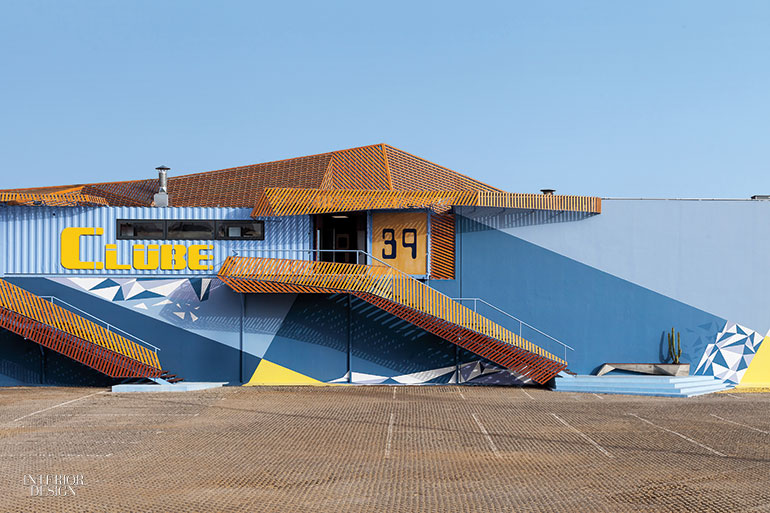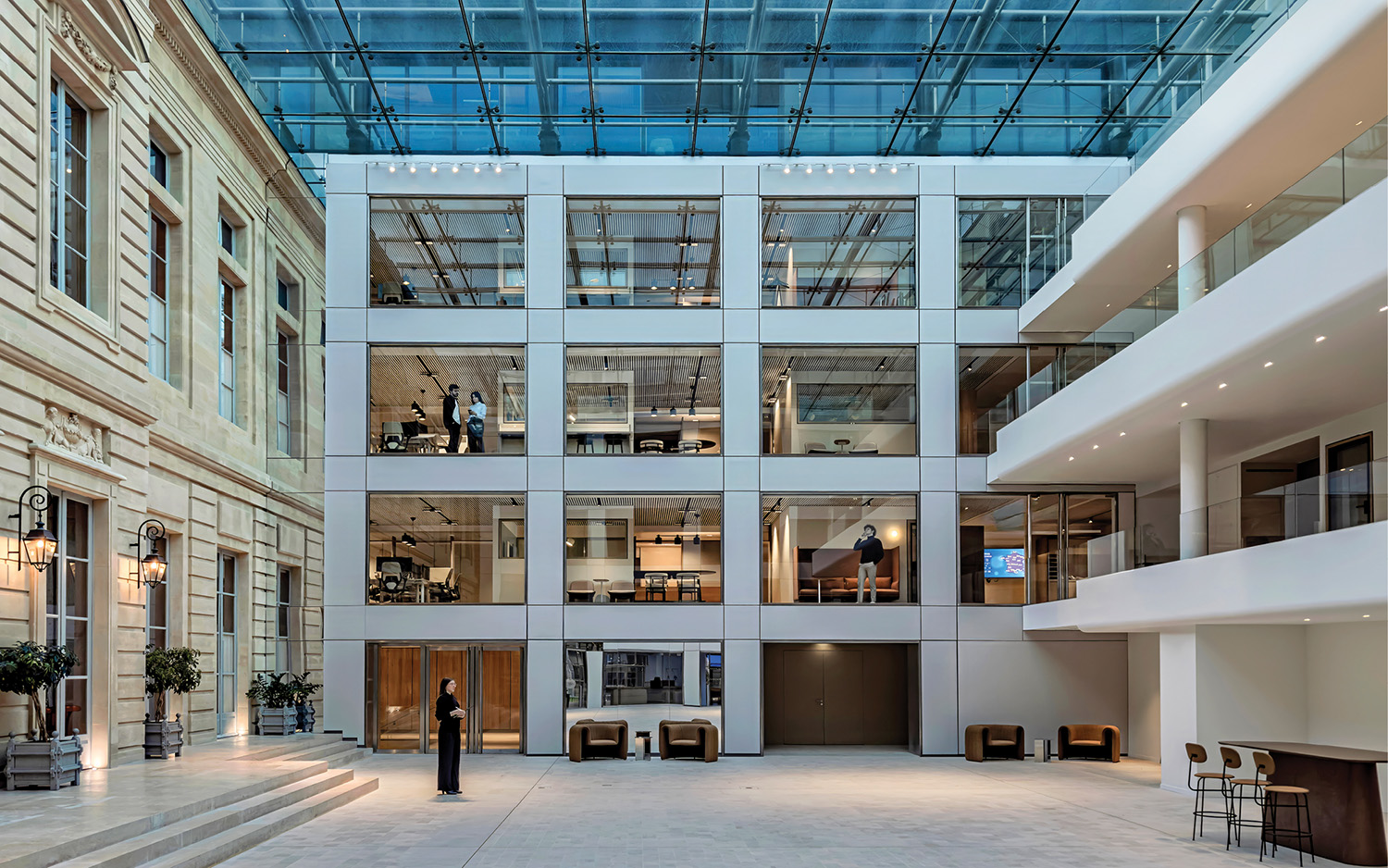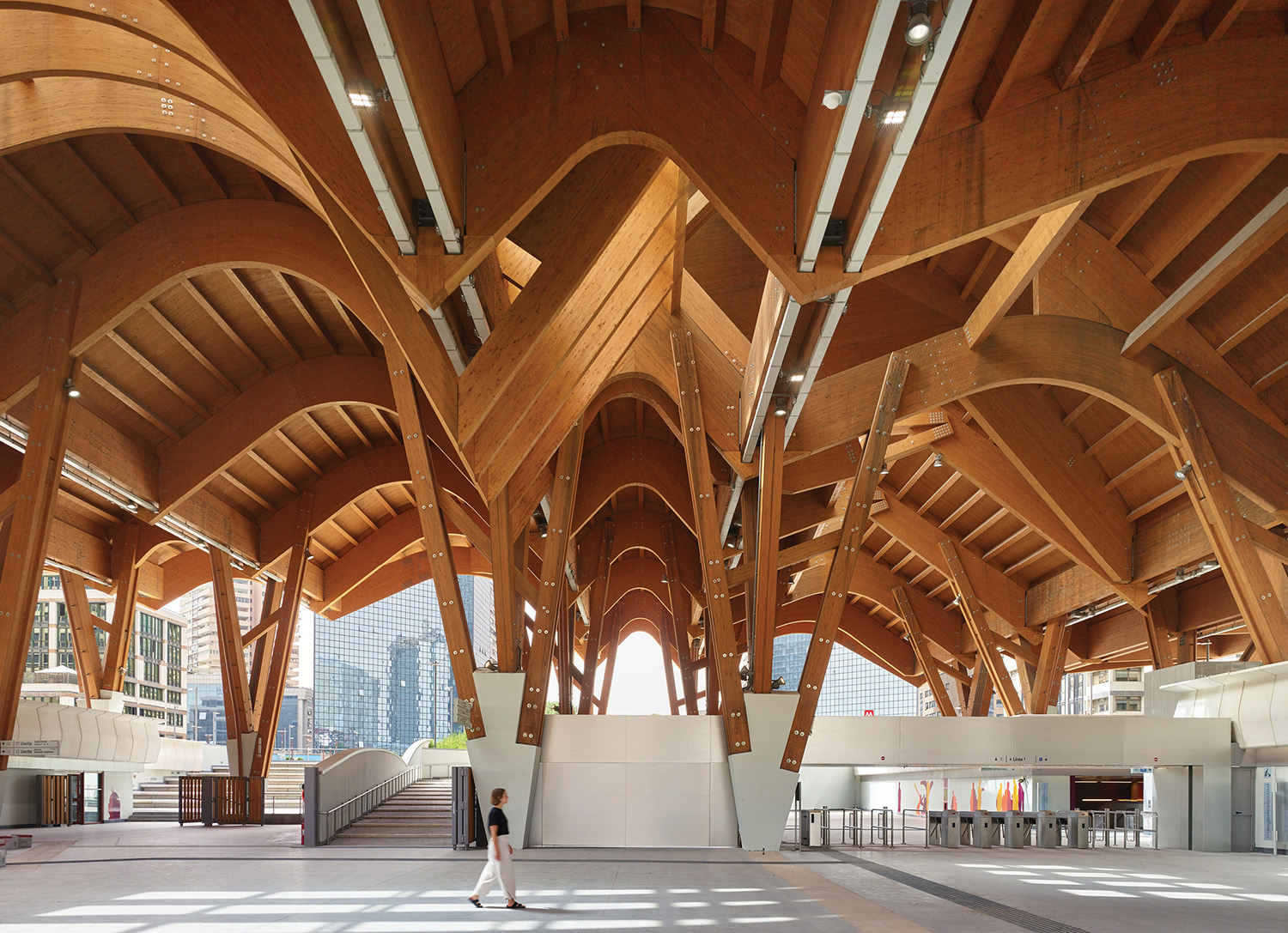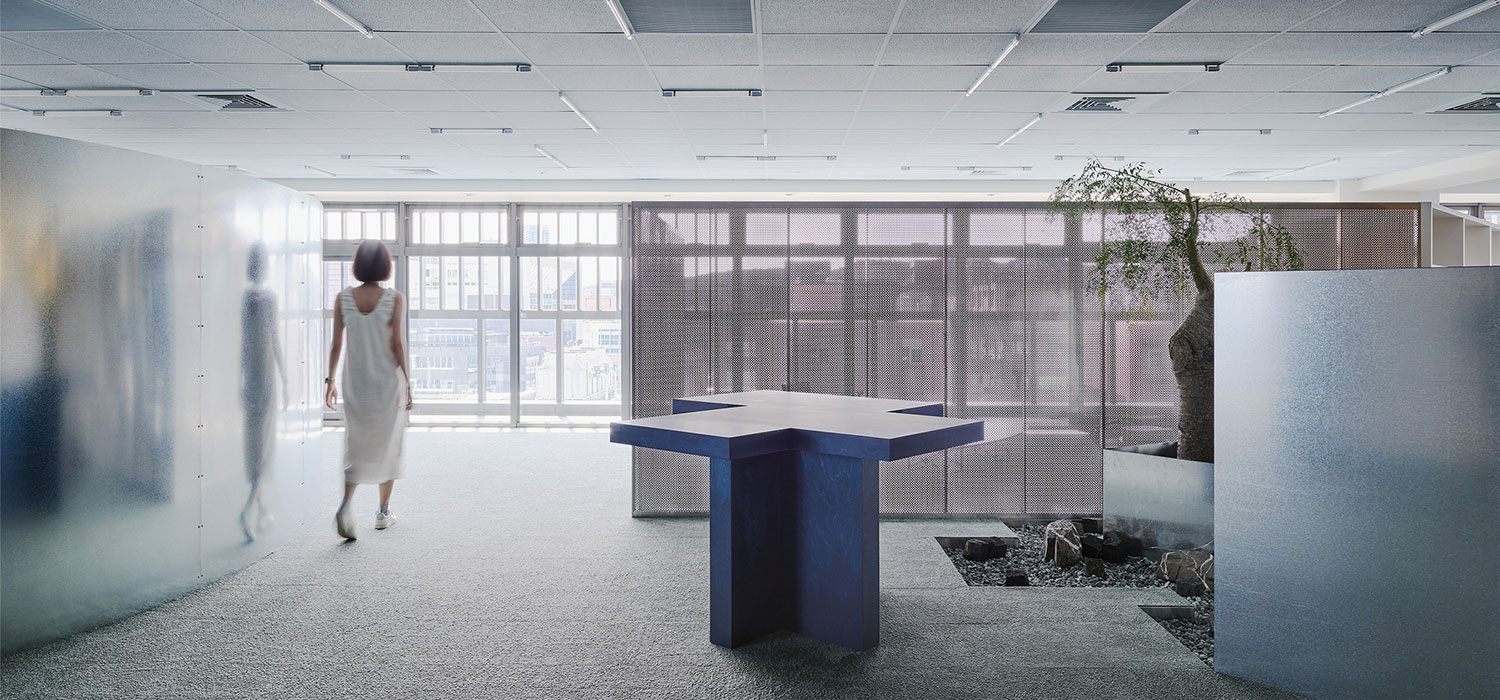Lisbon Soccer Club Celebrates Kickoff With Imaginative Addition by Yaroslav Galant
As European soccer clubs’ aging homes become ripe for upgrades, the sport’s dirt-and-sweat narrative has taken an unexpected turn—with compelling architecture as a key player. A prime example is the Grupo Desportivo Estoril Praia, on the Atlantic coast west of Lisbon, where Yaroslav Galant Innovative Design’s imaginative addition just celebrated its kickoff. While Yaroslav Galant didn’t touch the existing open-air stadium with seating for 8,000, he added amenities for fans and support spaces for staff in the form of a structure on the roof of the original enclosed clubhouse.

He built the 3,250-square-foot addition by grouping five shipping containers, then topping them with a canopy. Its angular, asymmetrical shape makes an abstract reference to the upside-down triangle of Estoril’s logo or, depending on your perspective, recalls the quiet dignity of Japanese teahouses. But this is not merely an aesthetic flourish. Resulting from much research into Portugal’s windy climate, the deceptively simple canopy is able to cut 95 percent of the prevailing wind and to redirect the rest inside, providing natural ventilation to what could have been an oven in the summertime. The same wood forms the balustrades of the staircases that lead up to the shipping containers, which house a restaurant, a bar, offices, and restrooms. Beyond the restaurant’s glass rear wall, a deck overlooks the training field that extends from the old clubhouse roof.

Galant cites the plentiful details that emphasize the dynamism of the sport. Swaths of blue and yellow paint, the colors of the players’ uniforms, sweep diagonally across the clubhouse facade—also emblazoned with the nickname Clube 39, a nod to the year the team was founded. “Estoril was born during the age of modernism,” Galant points out. Inside, the lively Bauhaus-inspired graphics are the work of his artist wife, Ilona Galant, a decorator at the firm. And the retro furniture creates an atmosphere that is rooted in the past but gives a pronounced nod to the future.
> See more from the July 2017 issue of Interior Design


